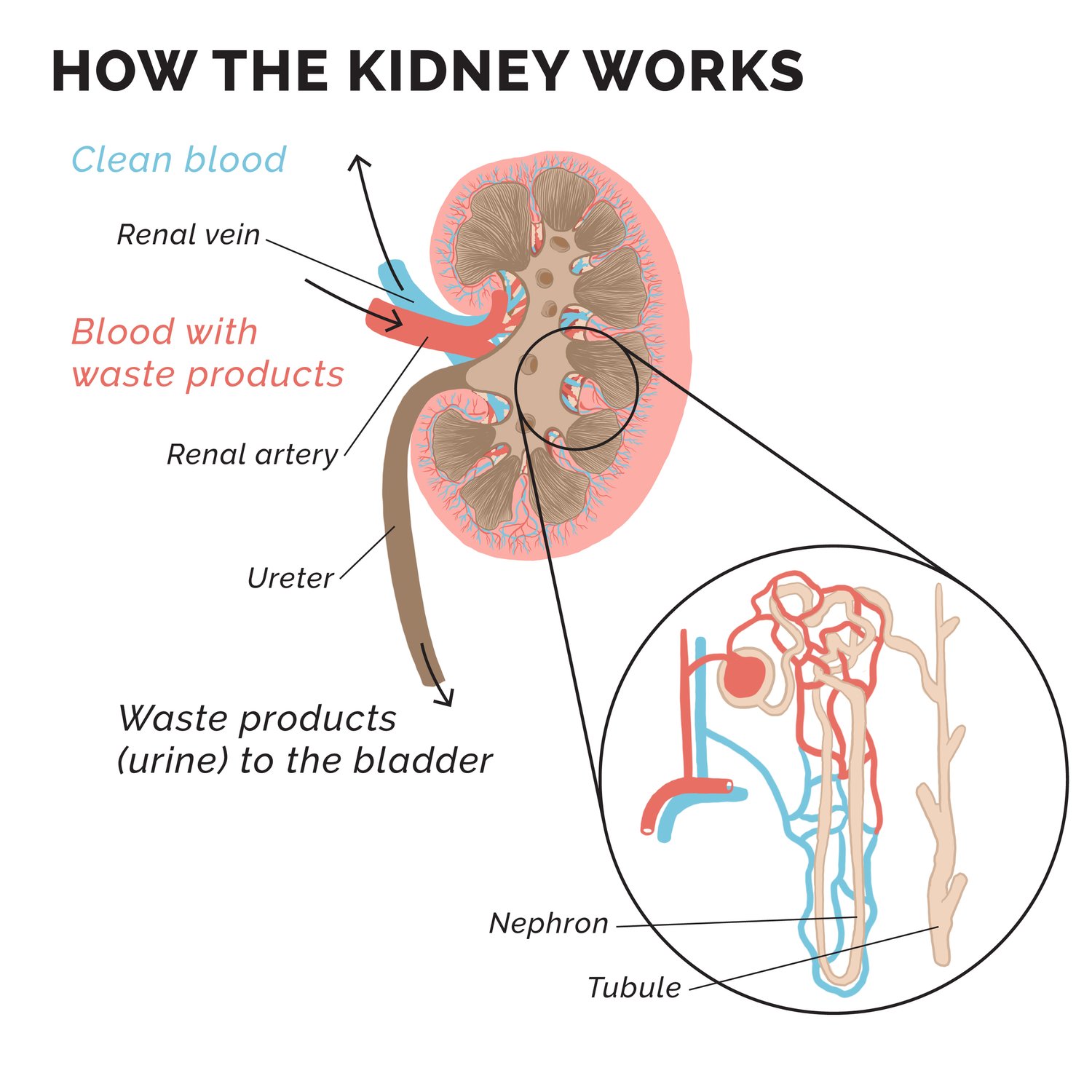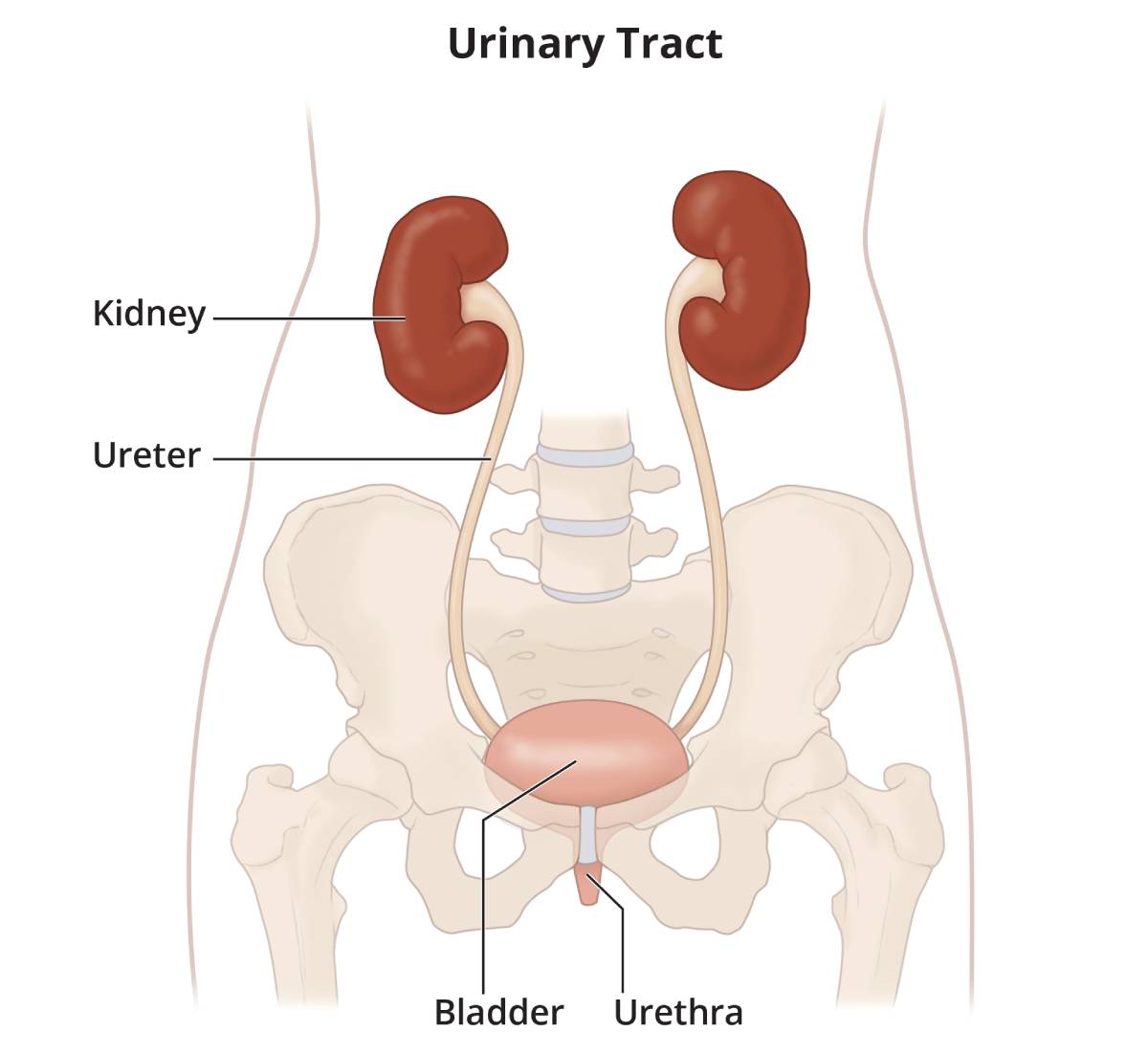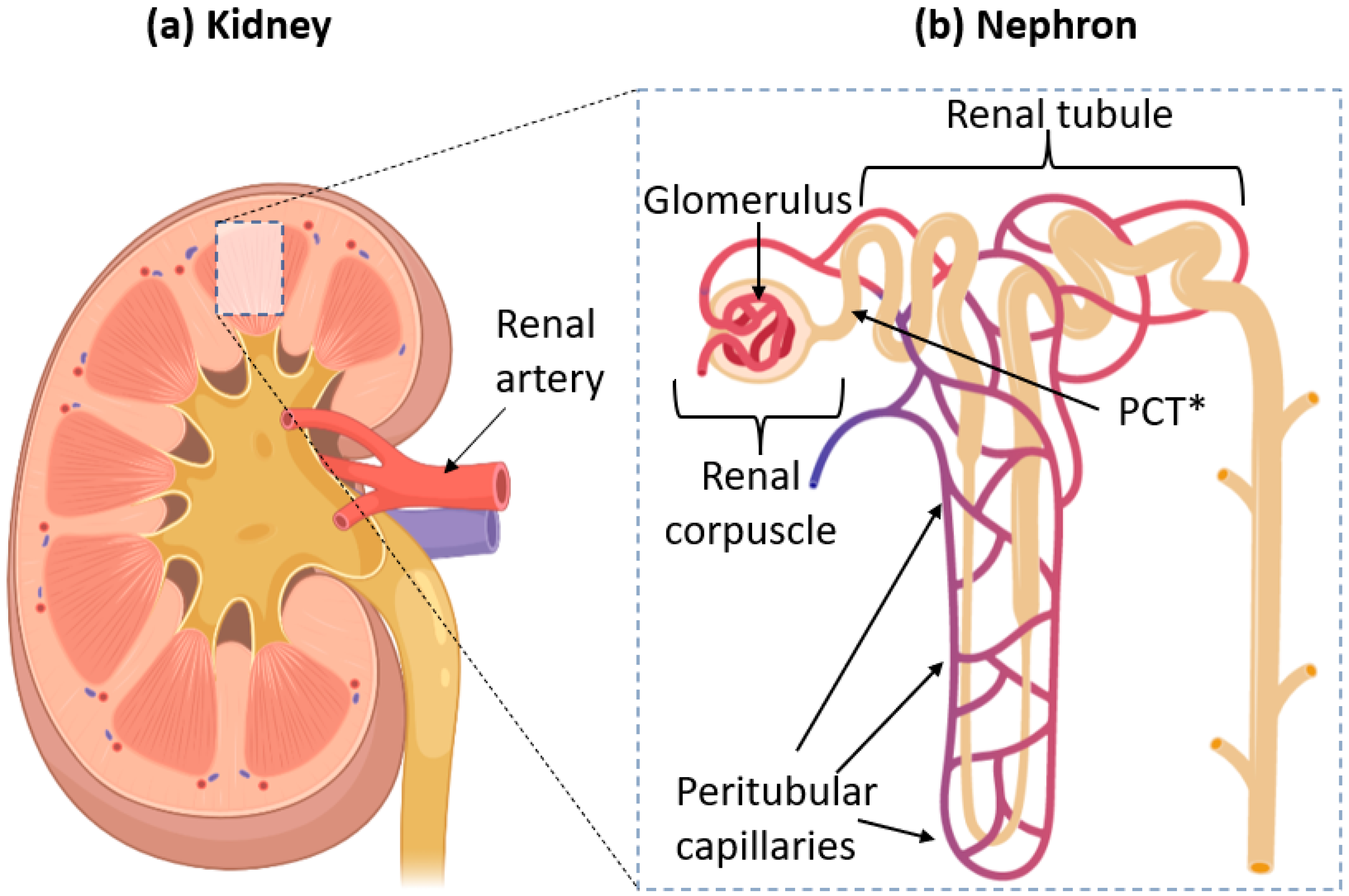Functions of kidney 1: waste removal
Have you ever wondered what the kidneys do and why they’re so important?
This article will cover what the kidneys are and one of the main functions of the kidney – waste removal.

What are the kidneys?
The kidneys are organs shaped like kidney beans, located in your back. They are found on either side of your backbone. Most people have two kidneys; however 1 in 1000 people only have one. It is possible to live a normal and healthy life with just one kidney. Click here to read more about the effects of having one kidney.
The kidneys are very important organs that help to remove waste from our body and have many other important functions, as mentioned above. The kidney forms part of the urinary tract – urine is made in the kidneys and flows from the kidneys to the bladder (via the ureters) where it is stored.

How are the kidneys involved in waste removal?
In this part of the article, we will describe this function of the kidney in a little bit more detail, covering:
- What is meant by waste removal?
- What are waste products?
- How do the kidneys filter waste products?
- How is urine made?

Click here to learn more about the other functions of the kidneys.
What is meant by waste removal?
Waste products are found within the blood and the kidneys are important because they filter the blood (through specific mechanisms that we will talk about later) in order to remove them. In this way waste is effectively removed from our body.
What are waste products?
When we eat or drink, food is used for energy and to fix problems (repair) in the body. Not everything is used up completely, and waste products remain after these processes are complete.
The most common waste products we measure are called urea and creatinine.
Urea is what remains after the breakdown of proteins.
Creatinine is also a waste product that comes from the normal breakdown of muscle tissue.
How do the kidneys filter waste products?
The kidneys have a very unique mechanism that enables filtration (sieving) and removal of waste products, whilst enabling important/vital substances to remain in the blood – this is called glomerular filtration.
To understand glomerular filtration, firstly it is important to talk about the structure of the kidney in more detail. As previously mentioned, the kidneys are shaped liked beans. Within each kidney there are around a million functional units called nephrons.

It is these nephrons that are responsible for the production of urine.
The glomerulus (as seen in the diagram above) is the tiny filter of the nephron. It is made up of tiny blood vessels called capillaries that form a specialised bundle that looks almost like a knot. This bundle is found within what is known as the renal corpuscle (or Bowman’s capsule).
As blood from the body flows through the capillaries, the pressure causes water and other molecules, including the waste products, to be pushed out of the capillaries and into the capsule through a specific barrier called the glomerular basement membrane (GBM). The learn more about the glomerulus click here.
The filtration membrane is very important as it allows water and small substances to pass through but blocks larger proteins enabling them to remain in the blood.
How is urine made?
Once the filtrate has entered the capsule it then travels along to the renal tubule. It is here that further adjustments and changes are made. This ensures that the correct substances are removed from the bloodstream. If not, then they can be returned to the blood through a complex transport system.
When the filtrate reaches the end of the renal tubule, some final adjustments are made and what remains is what we know of as urine. The urine can then travel along the rest of the urinary tract until it reaches the bladder where it is stored.
Every step in the process of forming urine is important to ensure the body functions normally!
Summary
We have discussed one of the primary functions of kidney: waste removal. We hope it has been helpful.
Other resources
Functions of kidney 2: fluid balance (also affects blood pressure)
Functions of kidney 3: acid-base balance
Functions of kidneys 4: blood pressure control (makes renin)
Functions of kidneys 5: anaemia, blood cells and EPO (makes erythropoietin)
Functions of kidneys 6: vitamin D activation (activates cholecalciferol)
Functions of kidney 7: making prostaglandins.
Last Reviewed on 28 June 2024
